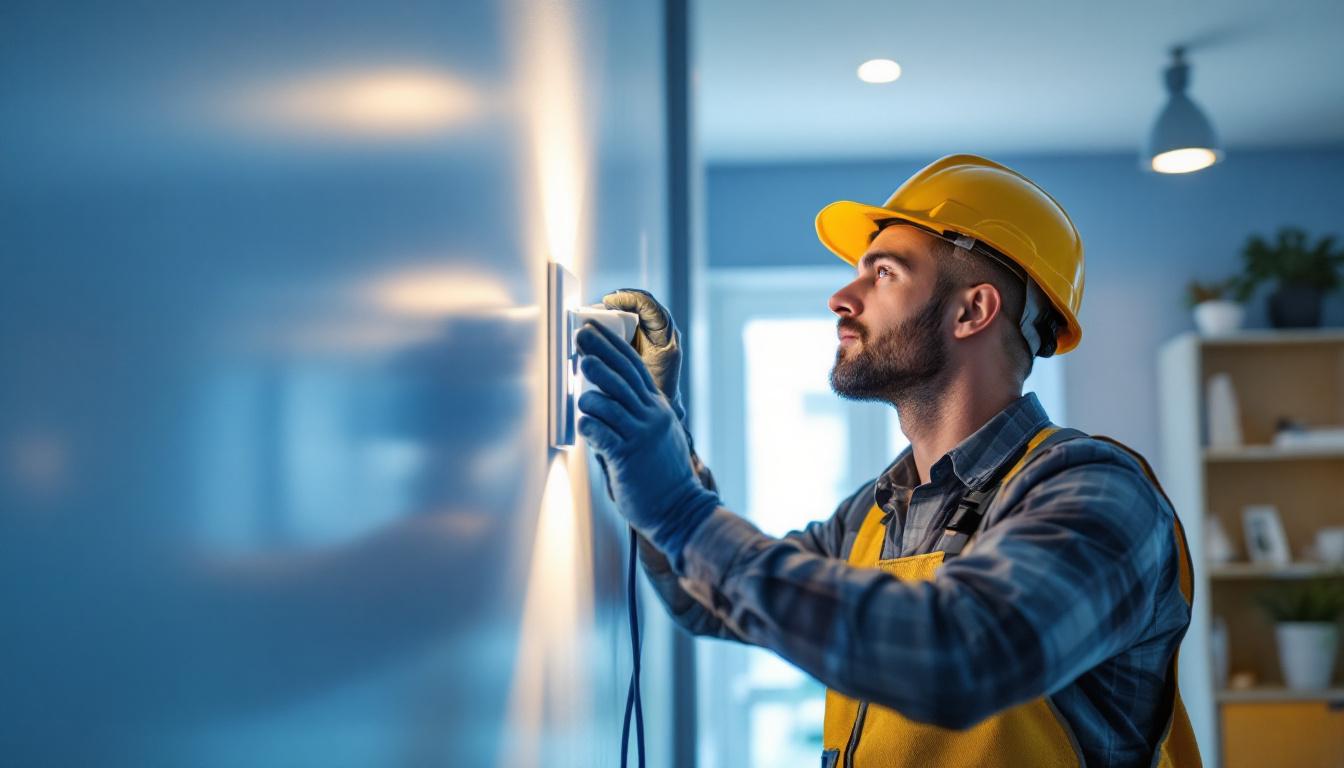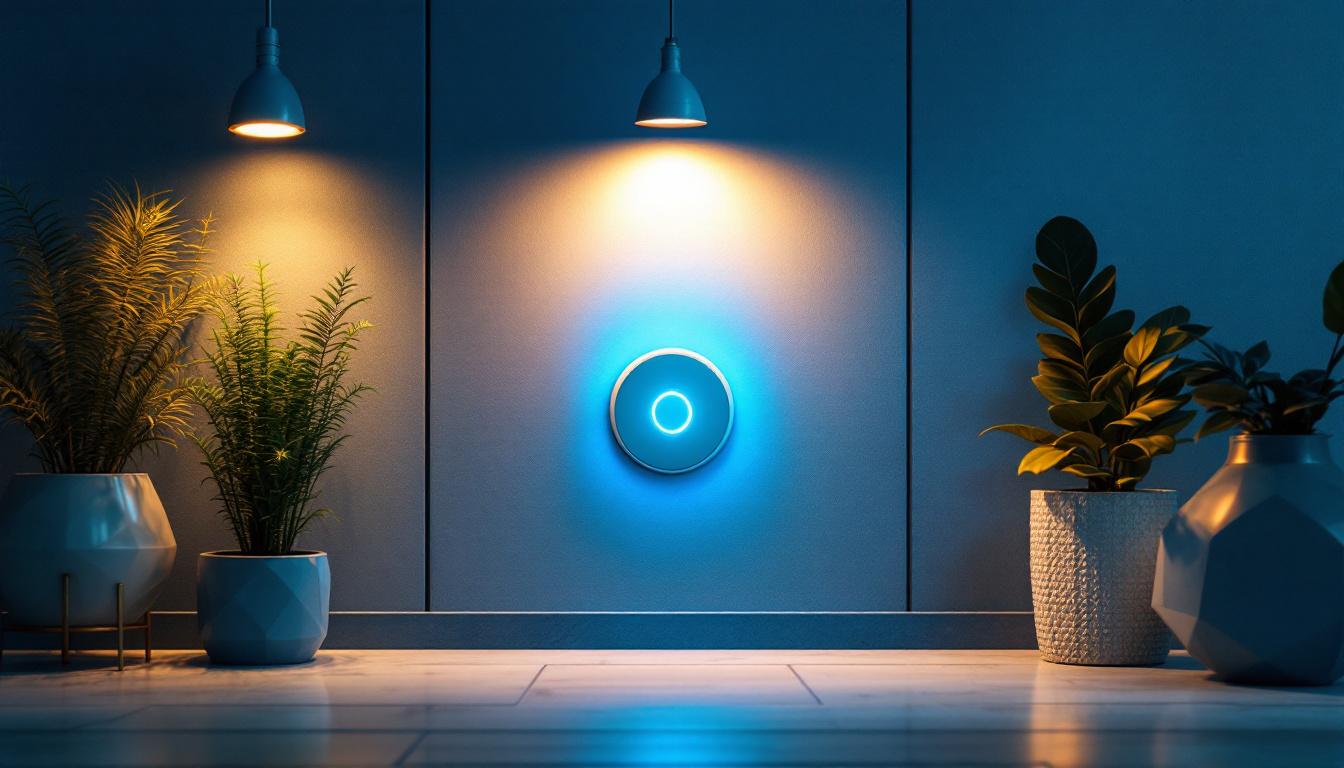
As the lighting industry continues to evolve, the transition from traditional fluorescent lighting to energy-efficient LED systems has become increasingly prevalent. For lighting contractors, understanding how to bypass ballast for LED installations is essential for optimizing performance and ensuring long-term reliability. This article explores proven methods for bypassing ballasts, providing valuable insights for professionals in the field.
Ballasts are electrical devices used in fluorescent lighting systems to regulate the current flowing through the lamp. They provide the necessary voltage to start the lamp and maintain a steady current during operation. However, when transitioning to LED technology, the presence of a ballast can become a hindrance rather than a help.
LED lights are designed to operate on a low-voltage direct current (DC) rather than the alternating current (AC) provided by ballasts. Consequently, using LEDs with existing ballasts can lead to inefficiencies, flickering, and even premature failure of the lighting system. Understanding how to bypass these ballasts is crucial for maximizing the benefits of LED technology.
There are primarily two types of ballasts: magnetic and electronic. Magnetic ballasts are older technology, often found in older fluorescent fixtures. They are larger, heavier, and less efficient than their electronic counterparts. Electronic ballasts, on the other hand, are more compact and provide better performance, but they still do not align with the operational requirements of LEDs.
When considering a bypass, it’s important to identify the type of ballast in the existing fixtures. This knowledge will guide the contractor in selecting the appropriate method for bypassing and ensure a successful LED installation. Additionally, understanding the specific characteristics of each ballast type can help in troubleshooting common issues that may arise during the conversion process. For instance, magnetic ballasts may produce a humming noise and can cause flickering, while electronic ballasts may fail unexpectedly, leading to downtime and increased maintenance costs.
Moreover, it’s essential to consider the overall energy efficiency of the lighting system when transitioning to LEDs. By removing outdated ballasts and directly wiring the LED fixtures, users can significantly reduce energy consumption. This not only lowers electricity bills but also contributes to a more sustainable environment. Furthermore, many LED products come with integrated drivers that eliminate the need for external ballasts altogether, simplifying the installation process and enhancing reliability. As such, understanding the role of ballasts is not just about compatibility; it’s also about optimizing performance and efficiency in modern lighting applications.
Bypassing the ballast offers several advantages for lighting contractors and their clients. First and foremost, it allows for a more straightforward installation of LED fixtures, reducing complexity and potential points of failure. This simplification can lead to a quicker turnaround time for projects, enhancing customer satisfaction.
Additionally, bypassing the ballast can result in significant energy savings. LEDs are inherently more energy-efficient than fluorescent lights, and removing the ballast eliminates unnecessary energy consumption associated with it. This not only reduces operational costs for end-users but also contributes to a lower carbon footprint.
Another key benefit of bypassing the ballast is improved performance. LED lights provide instant illumination without flickering, and they maintain consistent brightness over their lifespan. By removing the ballast, contractors can ensure that the LED fixtures operate at their optimal efficiency, delivering better light quality and longer service life.
Moreover, many LED products are designed to be compatible with standard fixtures, making the transition seamless and straightforward. This compatibility allows contractors to offer clients a wide range of options while ensuring reliability and performance.
In addition to performance improvements, bypassing the ballast can also enhance the aesthetic appeal of lighting installations. LED fixtures come in various styles and designs, allowing for creative lighting solutions that can transform spaces. Whether it’s for residential, commercial, or industrial applications, the versatility of LED lighting can cater to diverse design preferences and functional needs. This adaptability not only meets the practical requirements of illumination but also contributes to the overall ambiance of the environment.
Furthermore, the longevity of LED lights is a significant factor that adds value to bypassing the ballast. With lifespans often exceeding 25,000 hours, LED fixtures reduce the frequency of replacements, which translates to lower maintenance costs and less disruption. This durability is particularly beneficial in hard-to-reach areas where changing bulbs can be challenging and time-consuming. By investing in LED technology, clients can enjoy peace of mind knowing that their lighting solutions are both efficient and enduring.
When it comes to bypassing ballasts, there are several proven methods that lighting contractors can employ. Each method has its unique advantages and considerations, and the choice will often depend on the specific installation scenario.
The direct wire method is one of the most common approaches to bypassing ballasts. This technique involves removing the ballast entirely and rewiring the fixture to connect the LED driver directly to the line voltage. This method is straightforward and can be accomplished with basic electrical skills.
To implement the direct wire method, contractors should follow these steps:
Another method for bypassing ballasts is to use ballast-compatible LED lamps. These lamps are designed to operate with existing ballasts, eliminating the need for rewiring. While this method may seem convenient, it is essential to consider the potential drawbacks.
Ballast-compatible LEDs may not deliver the same level of energy efficiency as direct-wired LEDs. Additionally, if the ballast fails, the LED lamp will also fail, leading to increased maintenance costs. Therefore, while this method can be a quick fix, it may not be the best long-term solution for clients seeking optimal performance.
Safety is paramount when working with electrical systems. Bypassing ballasts requires a thorough understanding of electrical wiring and adherence to local codes and regulations. Contractors should always prioritize safety by following these guidelines:
After completing the bypass, it is crucial to test the installation to ensure everything is functioning correctly. This includes checking for proper voltage, verifying that the LED lamps are operating without flicker, and ensuring that there are no unusual sounds or heat from the fixture. A thorough inspection helps prevent future issues and guarantees client satisfaction.
While bypassing ballasts can streamline LED installations, contractors may encounter several challenges along the way. Being prepared to address these issues can enhance the overall efficiency of the project.
One common challenge is compatibility between the LED driver and the existing fixture. Not all LED drivers are suitable for every type of fixture, and mismatches can lead to performance issues. To mitigate this risk, contractors should always verify compatibility before purchasing LED products.
Additionally, it is advisable to consult manufacturer specifications and guidelines. Many manufacturers provide detailed information on which drivers are compatible with their products, helping contractors make informed decisions.
Educating clients about the benefits of bypassing ballasts is essential for ensuring their understanding and satisfaction. Some clients may be hesitant to invest in LED upgrades due to misconceptions about performance or cost. Providing clear explanations about the advantages of LED technology, including energy savings and reduced maintenance, can help alleviate concerns.
Offering case studies or testimonials from previous projects can also reinforce the benefits of bypassing ballasts. Demonstrating real-world examples of successful installations can build trust and confidence in the contractor’s expertise.
The lighting industry is continually evolving, and staying informed about future trends in LED technology is crucial for lighting contractors. As advancements in technology occur, new methods for bypassing ballasts and optimizing LED performance will emerge.
One trend to watch is the increasing integration of smart lighting systems. These systems allow for enhanced control and customization of lighting environments, providing additional energy savings and convenience for end-users. Contractors who familiarize themselves with smart lighting technology will be better positioned to meet client demands and stay competitive in the market.
Energy efficiency standards are also becoming more stringent, pushing manufacturers to develop even more efficient LED products. As these standards evolve, contractors will need to adapt their practices to comply with new regulations while providing clients with the best possible solutions.
Staying informed about changes in energy codes and regulations will be essential for contractors to maintain compliance and offer clients the most efficient lighting solutions available.
Bypassing ballasts for LED installations is a critical skill for lighting contractors seeking to enhance performance, improve energy efficiency, and provide clients with reliable lighting solutions. Understanding the various methods for bypassing, along with the associated benefits and challenges, equips contractors with the knowledge needed to succeed in the evolving lighting landscape.
As the industry continues to shift towards LED technology, staying informed about best practices, safety considerations, and future trends will ensure that lighting contractors remain competitive and capable of delivering exceptional results for their clients.
Ready to take your LED installations to the next level? At LumenWholesale, we provide lighting contractors like you with the highest quality, spec-grade lighting products at prices that can’t be beaten. Say goodbye to the extra costs of dealing with middlemen and hello to our extensive selection that meets rigorous industry standards. With free shipping on bulk orders, you can trust that you’re getting the best value without any hidden fees. Elevate your lighting projects with the perfect combination of quality, affordability, and convenience. Wholesale Lighting at the Best Value is just a click away. Don’t compromise—choose LumenWholesale for all your lighting needs.

Discover how lightweight suspended ceilings can transform your lighting projects by offering enhanced aesthetics, improved acoustics, and energy efficiency.

Discover how LED outdoor flood lights can significantly boost safety in your lighting installations.

Discover essential compliance insights for lighting contractors in our comprehensive guide on Leviton electrical products.

Discover how light push buttons can revolutionize your lighting installations by enhancing efficiency and boosting profitability.